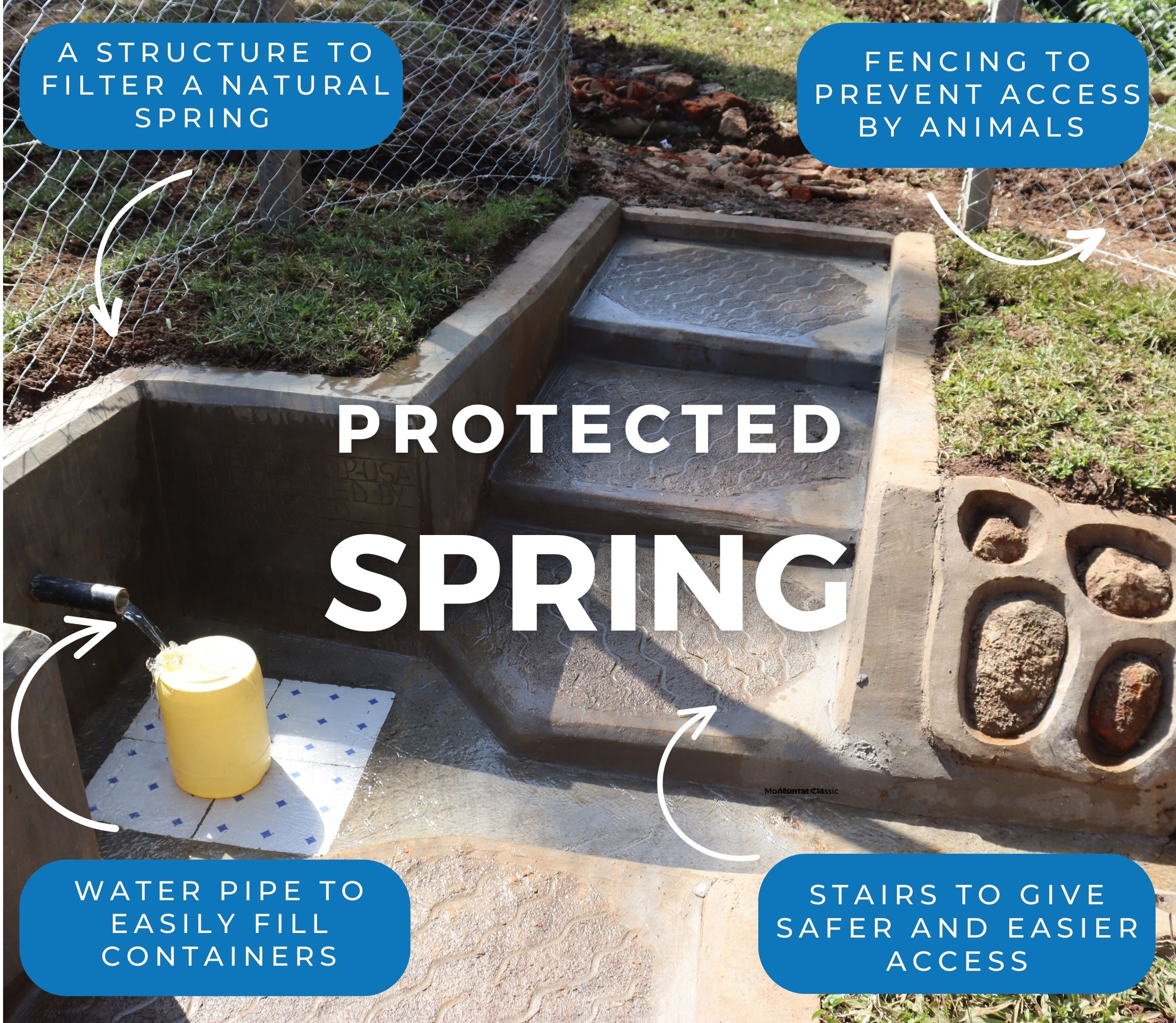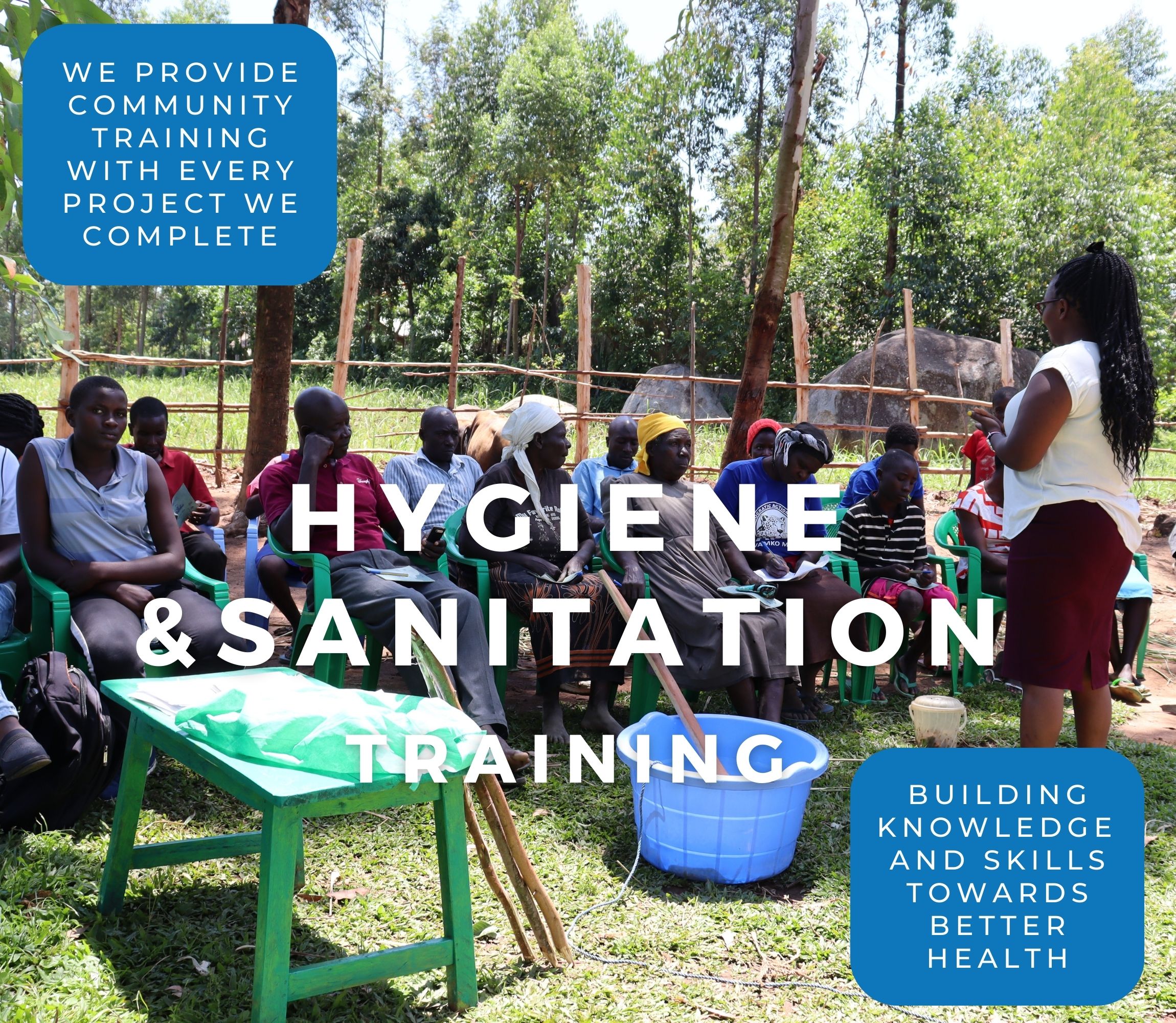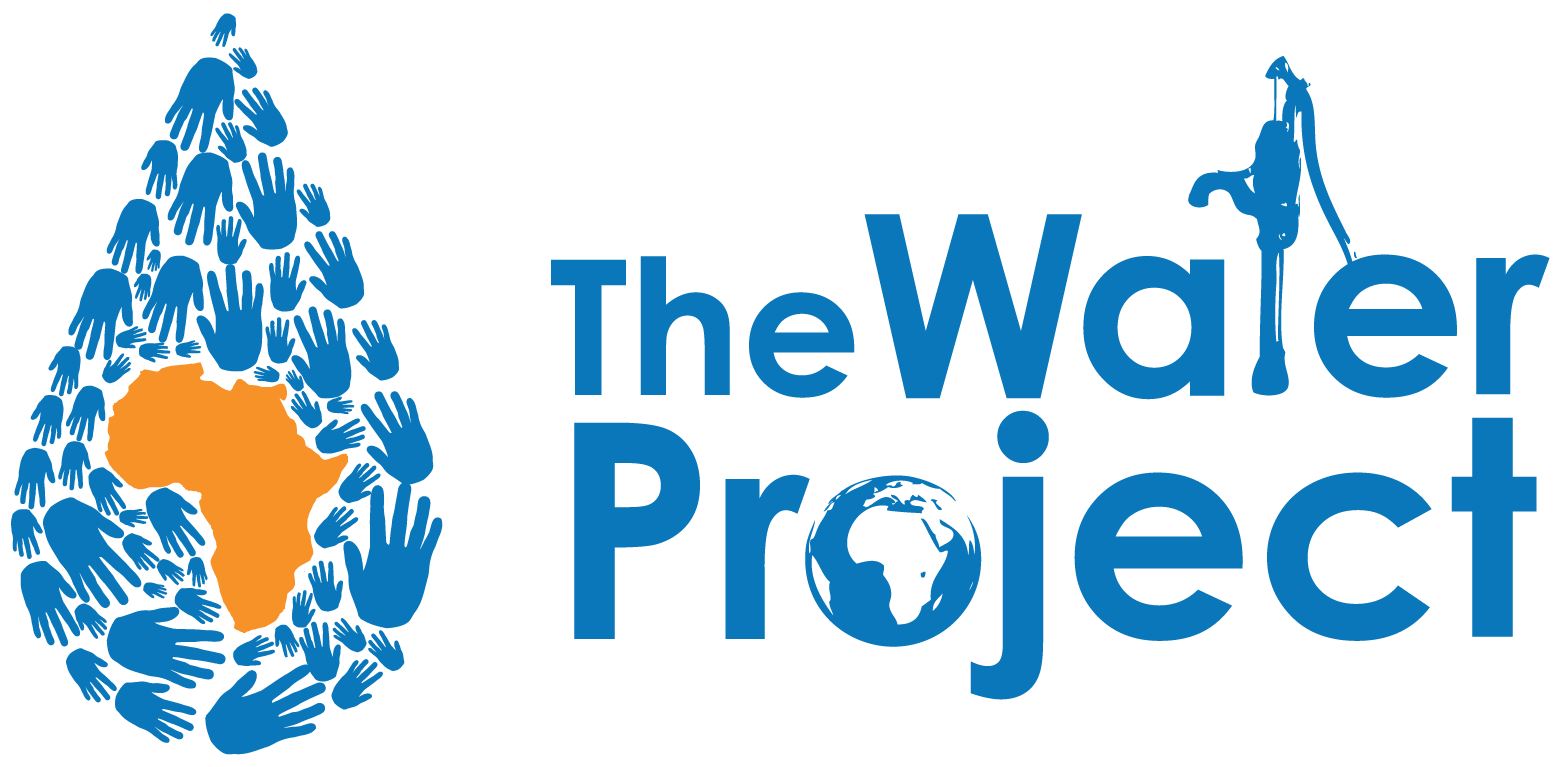
Digging Wells in Africa: How it Works
Just one way The Water Project provides access to safe water. Learn how a relatively small investment can make a dramatic difference in so many lives.
provides clean water for one person
people served per hand pumped well
of hours saved per year

Clean Water is Right Beneath Their Feet
It's hard to believe that more often than not, the clean water a developing community desperately needs is right underneath them.
And it's amazing how a relatively small investment to get to it can make such a dramatic difference in so many lives. That's why we fund these well projects.
Below, you'll find information on the types of wells that can be built and a brief description of the process.
Learn About Our ProcessTransform Lives with Clean Water
Your donation today provides immediate and lasting impact
How Much Does a Well Cost?
One size does not fit all
We get asked a lot about the cost to dig a well in Africa. It's difficult to answer though, as Africa is a continent with wildly diverse geology, culture, and climate. The best type of water project for a specific community or region varies widely too.
There are lots of ways to drill wells, various kinds of pumps, and even newer solar powered solutions. One size simply doesn't fit all. Let's take a look at some common projects to learn more about the challenges and costs involved.
Types of Water Wells We Build
Different communities require different solutions based on their unique geology and needs

Hand Dug Wells
The simplest wells have traditionally been hand dug. They can be fifty or more feet deep and are used when ground water is generally abundant. These wells are extremely dangerous to build and have cost many lives of unskilled laborers.
We work to ensure our partners have the right tools for the job when repairing or upgrading a dug well. We want the work to be done safely for both the workers and the people who will benefit from the new source of water.
Our innovation: Our teams have pioneered new techniques to convert older protected dug wells to more reliable boreholes, accessing deeper aquifers for year-round water.

Shallow Borehole Wells
We've been working with local teams for years, helping develop proper drilling technique, consistent supply chain, and safe water practices to ensure that our shallow-rig water projects are installed with excellence.
Generally, shallow depth drill rigs can reach about 150-200 feet deep. These rigs can be very cost effective and in some regions do a good job. They can be moved with ease and allow work to happen quickly.
As these machines drill through dirt and sand, casing is installed to keep the hole from collapsing. Then a concrete base is formed around the small casing and is left to set up overnight.

Deep Wells
In Central Kenya, just one example of how different geography can dramatically change the game, some wells must be over 900 feet deep. This introduces all kinds of challenge and expense.
First, a much larger drill rig, truck and crew are needed to actually drill the hole. It can take many days. Then, because the water is so deep, a motorized pump must be installed.
Diesel or solar generators, electric pumps, piping, storage tanks and housing for it all can drive the cost up to $40,000 or more. But, since these very large systems serve so many people, they are still quite cost effective.
Appropriate Water Projects, Not Just Wells
Sometimes a well isn't the best choice. We work hard to make sure that a community's needs are always considered first.
Involving the Community
In all cases, we work to ensure that the local community is actually invested in the project. One of the best ways we've seen that happen is to require the villages to arrange and pay for the initial geological survey work to be done or to collect locally available materials during construction.
That usually costs a few hundred US dollars and requires the community to mobilize and organize around the project. The labor they provide is even more valuable, often worth tens of thousands of dollars.
In the long run, this initial commitment to the project means it will be valued and cared for by the community. It's an essential step.
After a well is installed, the drill team will explain how the pump works, how to keep the area clean, and who to call if it breaks. We make sure each community is able to contact our partners whenever maintenance is needed.
Learn How We Work
The Water Project Real-Time Dashboard
Recent Monitoring Visits
Impacting
Monitoring
Status
Interactive Impact Map
Each point is 1km wide
The Water Promise
Broken pumps are broken promises. What matters even more than seeing the initial impact is knowing whether water is flowing today. We publicly monitor each water point and report all the data to you. We also manage and fund local repair teams to resolve problems quickly—so families can rely on safe water every day. Learn more.
How Your Donation Helps
$50 can provide one person with clean, safe water
Your gift provides technical assistance and supplies (rebar, concrete, forms, fuel, drilling supplies etc.) so that communities can afford to build a well or other appropriate water project. You make it possible!

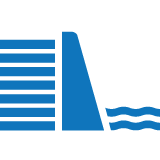

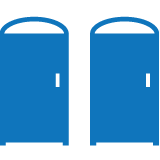

 Borehole Well and Hand Pump
Borehole Well and Hand Pump 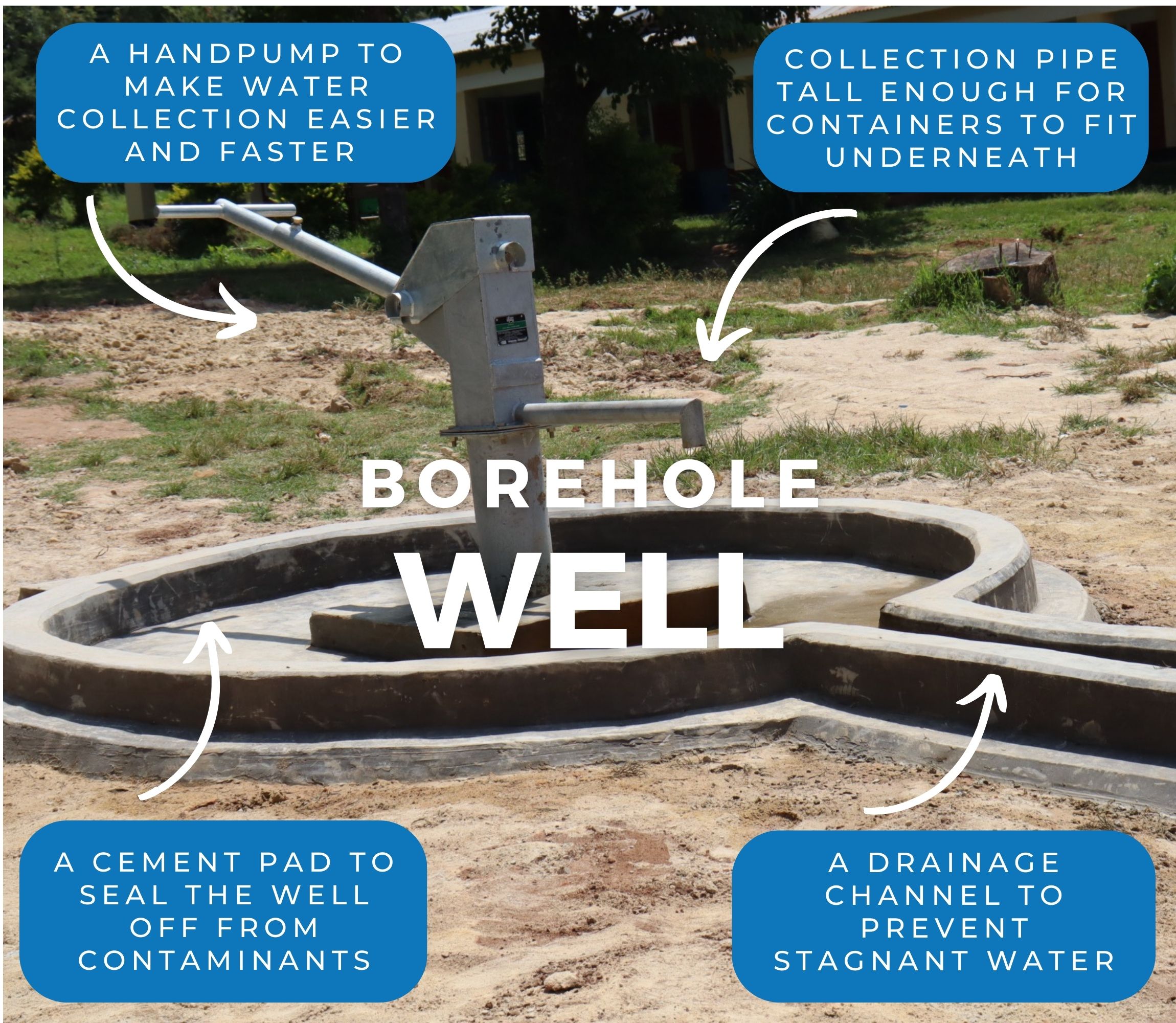
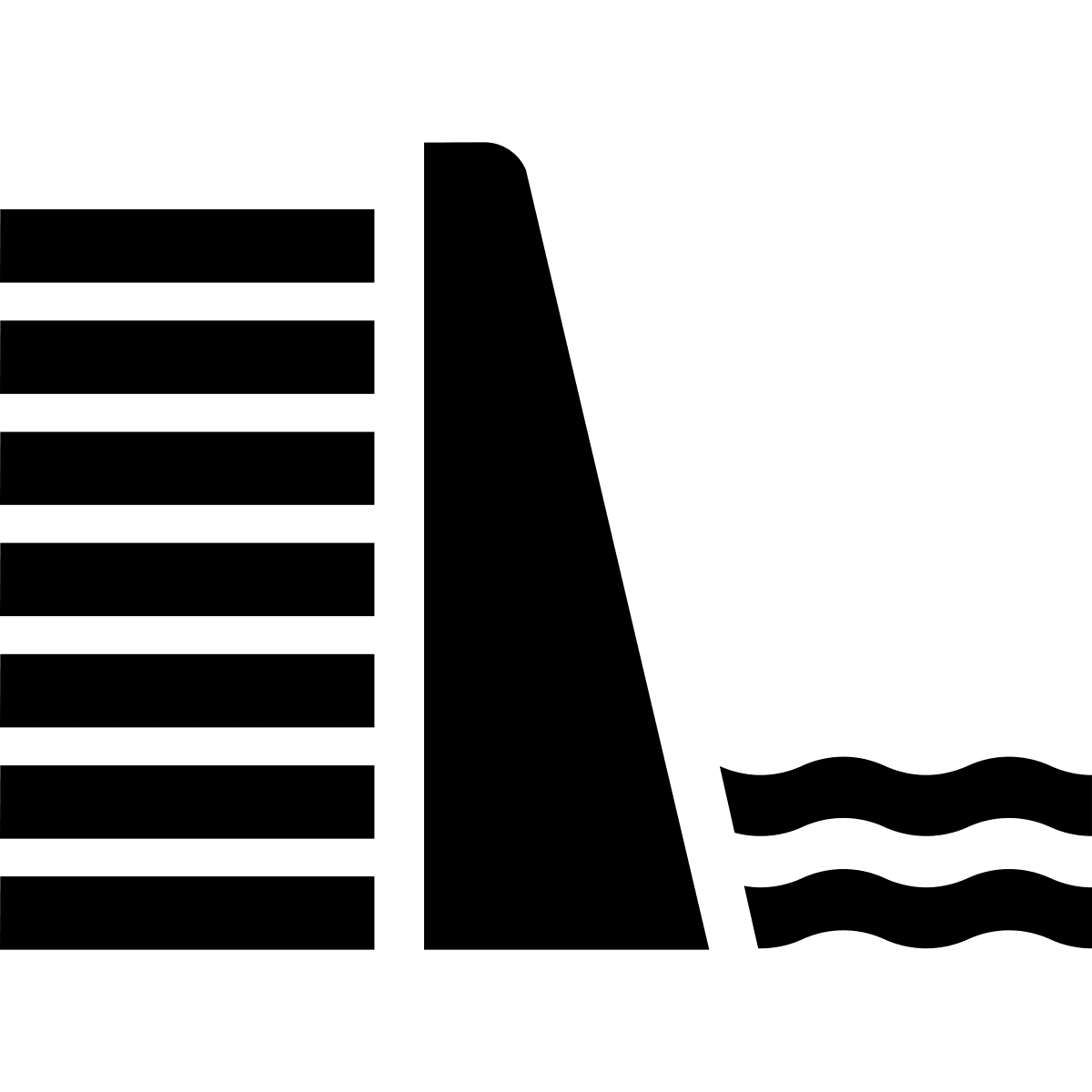 Sand Dam
Sand Dam 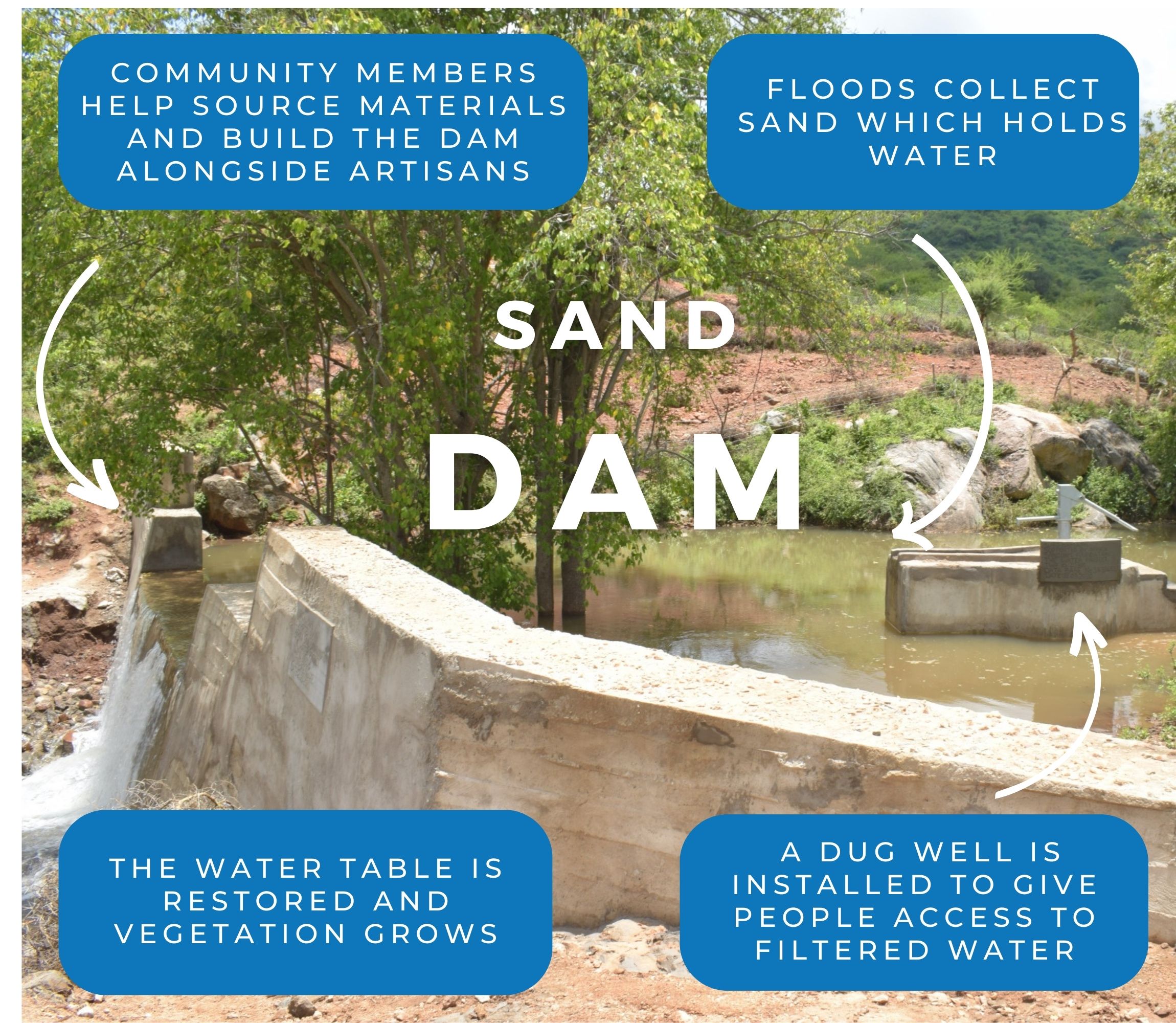
 Rainwater Catchment
Rainwater Catchment 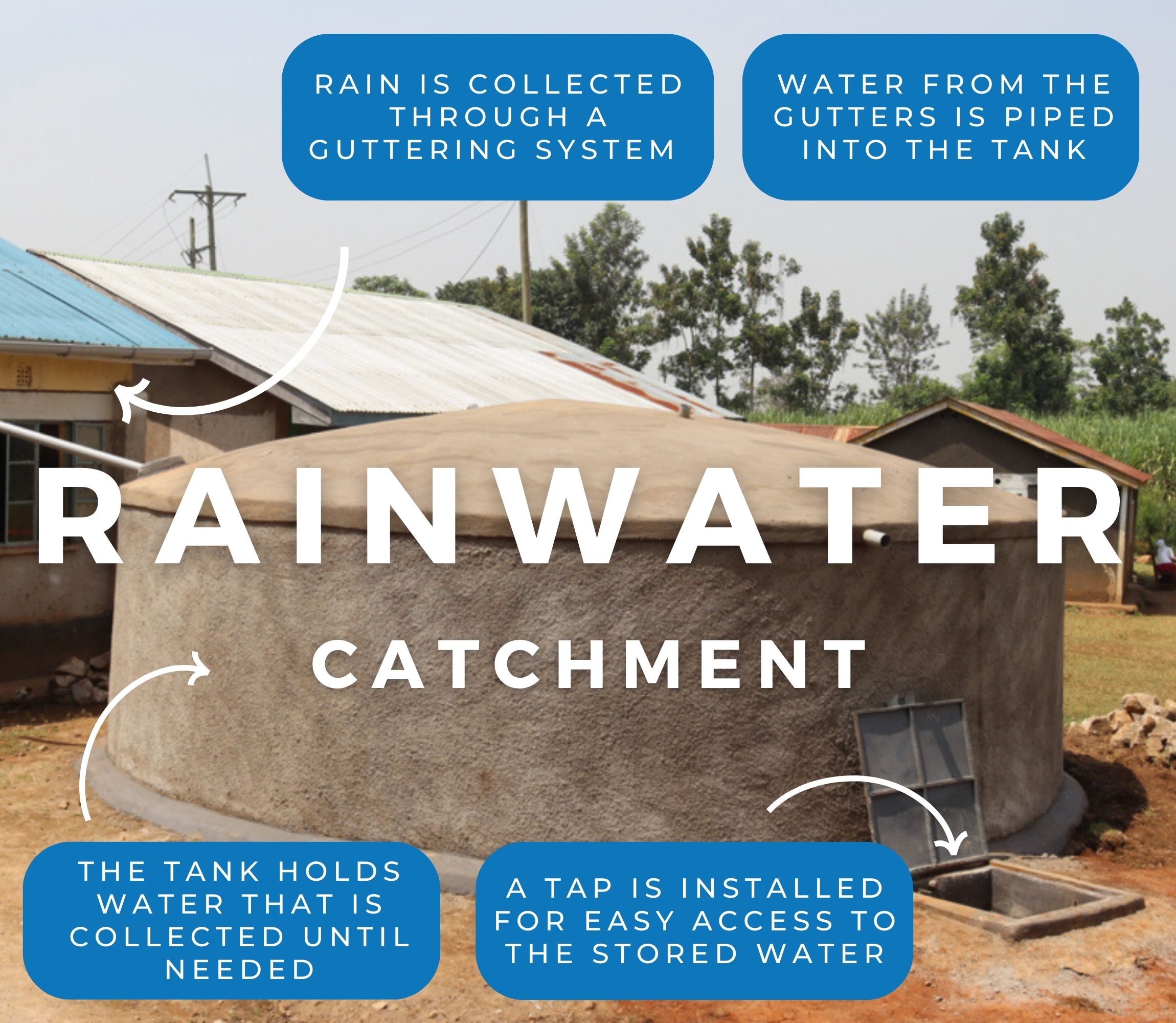
 Protected Spring
Protected Spring 